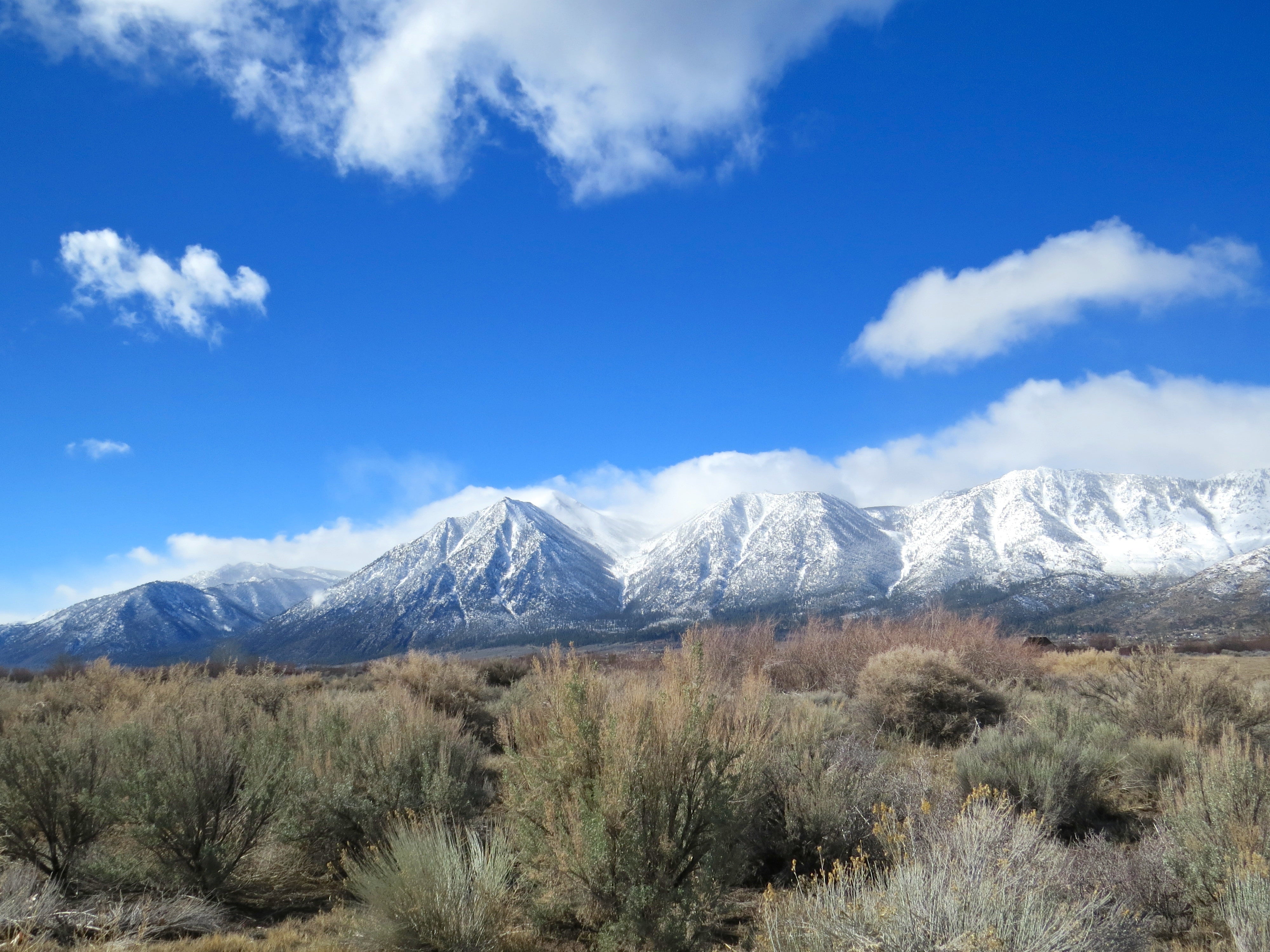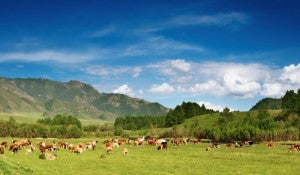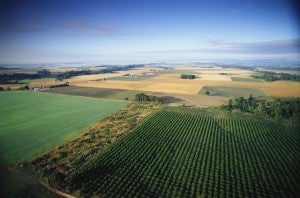Over the coming decades, California’s San Joaquin Valley will transition to sustainable groundwater management under the Sustainable Groundwater Management Act (SGMA), ensuring reliable groundwater supplies for generations to come. Sustainable groundwater management and a changing climate will inevitably affect how land is used on a sweeping scale.
By some estimates, the amount of farmland that will have to be taken out of production to balance groundwater demand and supply is equivalent to the size of Yosemite National Park — a transition that could serve a huge blow to the agricultural economy, rural communities and the environment. At the same time, farmers are also facing steep declines in surface water supplies from rivers and melted snowpack, largely driven by climate change, as they learned just this week.














